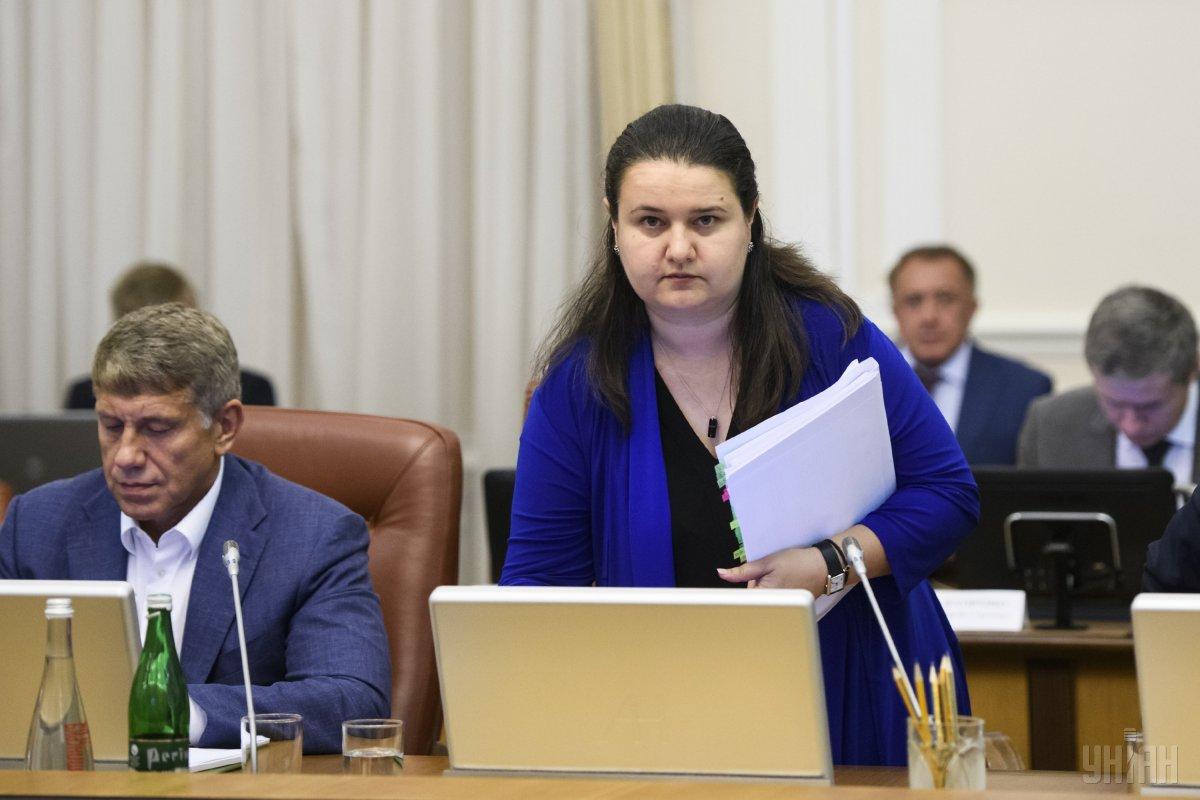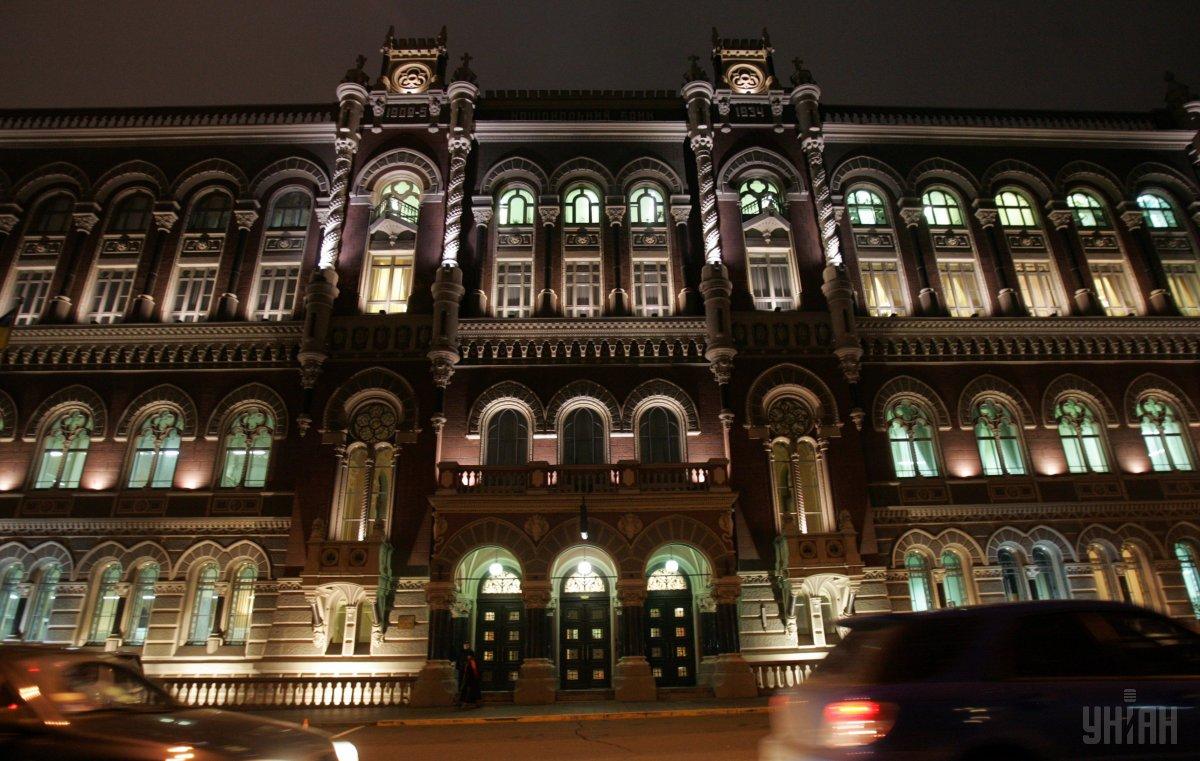
Week's balance: Weak economic growth, lower state profits, and new wave of forex easing
Ukraine's key creditors – the IMF and the World Bank – have worsened the outlook for the development of the national economy in 2019, noting that the efforts of the authorities to create a more competitive environment did not meet expectations; the Ministry of Economic Development cited modest financial figures in reports of strategic state enterprises, while the NBU announced a new wave of currency liberalization – these are the main economic developments of the outgoing week.
This week, Ukraine gradually “recovered” from winter holidays, and the Ukrainians started synchronizing with the usual working rhythm. After a short vacation, the government has already managed to take a number of strategic decisions. On Thursday, the Cabinet of Ministers decided to establish a Strategic Committee headed by Prime Minister Volodymyr Groysman, to shape the strategy in the context of the transition to three-year budget planning.
According to a law on amendments to the Budget Code (on the legal basis for introducing medium-term budget planning) signed by President Poroshenko on Wednesday, the government will begin drafting the country's budget for three years in advance, which will allow implementing systemic long-term reforms.
Commenting on the creation of the Committee, Groysman noted that all government members would be part of it.
“We will regularly consider all strategic issues of the country’s development,” he stressed, adding that the transition to average annual planning, and then the formation of strategic development directions, will be a guarantee of "confidence, predictability and stability."
Finance minister Oksana Markarova told a government meeting that before May 15, the ministry will submit for Cabinet approval a three-year Budget Declaration, which in fact will be the focal document in the new budget process.

According to Markarova, the content of the Budget Declaration will change significantly. In addition to the unchanging requirements on deficit, public debt, and GDP growth rates, new ones will be introduced. In particular, this will be three-year general marginal spending indicators, objectives of government policy in various sectors, as well as monitoring of fiscal risks, and revision of expenses.
“For the last three years, we have been able to submit, consider, and execute budgets on time. But we have seen issues that annual planning doesn't allow resolving. This is the unpredictability of fiscal and tax policies and the lack of a coherent system of strategic planning, where there is a strategy, but the budget ensures implementation of only a number of points, and only for a year, and then remains certain uncertainty. Besides, the focus is being made exclusively on expenditures. Now, these issues can be resolved,” Markarova said.
Also, new budget rules suggest that public and government-guaranteed debt cannot exceed 60% of GDP, while the state budget deficit shall be no more than 3% of GDP. The Declaration will also have some more ambitious goals.
Defense Minister Stepan Poltorak said that long-term planning also opened up opportunities for the efficient use of funds in relation to the state defense order. According to the top defense official, in 2019, Ukraine will be able to procure up to twenty new types of weapons.
“These are high-tech new types of weapons that we never had an opportunity to purchase before,” Poltorak said.
IMF and WB report on Ukraine economy
Despite the intentions of the Ukrainian authorities to pursue reforms launched in previous years, key international lenders are somewhat worsening their forecasts for the Ukraine economy growth.
In its report published along with the text of the recently-approved stand-by arrangment (SBA) memorandum, the International Monetary Fund wrote: "Investment, particularly foreign direct investment, is held back by a difficult business environment, while large numbers of worker seek job opportunities abroad as economic growth is too low for incomes to noticeably close the gap with regional peers," the IMF report says.

"The Ukrainian authorities have been able to restore macro-economic stability and growth following the severe economic crisis of 2014–15," the IFM acknowledges. "However, efforts to create a more dynamic, open, and competitive economy have fallen short of expectations, and the economy still faces important challenges."
Following the International Monetary Fund, which in its December report retained its rather “modest” forecast for real GDP growth in Ukraine (suggested at 2.7% in 2019 against 3.3% previously expected), the World Bank has also worsened its outlook. The Bank reduced the expected rate of GDP growth in 2019 to 2.9% from 4% projected previously.
It seems a three-year budget planning will not have too much effect on GDP growth. The IMF forecast on Ukraine for the coming years turned out to be not too optimistic either. According to the Fund's latest report on the prospects of global economy, in 2020, Ukraine’s GDP is expected to grow 3.4%, and in 2021 – by 3.8%.
It is worth recalling that, according to First Deputy Prime Minister, Minister of Economic Development and Trade Stepan Kubiv, to see powerful and tangible results, Ukrainian economy should grow at about 5-7% annually.
However, another macroeconomic indicator, the inflation rate, has decreased by the end of the past year. Consumer price growth in Ukraine in 2018 slowed down to 9.8%, compared with 13.7% a year earlier and 12.4% in 2016.
According to statistics, the highest price growth in annual terms was recorded in road passenger transportation services (30.3%), vegetables (27.8%), maintenance of households and nearby areas (23.7%), natural gas (22.9%), and bread (21.5 %).
The National Bank has already comment on the annual inflation rate: consumer inflation in Ukraine in 2018 at 9.8% expectedly exceeded the NBU target of 6% +/- 2 pp at the end of the year under the influence of factors on which the regulator's monetary policy has limited influence.
“This is primarily about increasing administratively regulated prices and tariffs, production costs growing under the influence of higher wages, hikes in global oil prices for most of the year, as well as narrower supplies of "borscht set" vegetables due to adverse weather conditions,” says the NBU report.
Meanwhile, a slight decrease in the inflation rate was also recorded in December despite a traditional hike amid New Year's season (in fact, since mid-November). The State Statistics Service says last month, the inflation rate slowed down to 0.8%.
Compared with the previous month, December prices for food and non-alcoholic beverages were up 1.8%. Vegetable prices grew most (by 16.5%) due to seasonal factors. Prices for milk, dairy, pasta, butter, and bread increased by 3.2-1.6%. At the same time, rice, eggs, sugar, fruit and pork fell in price by 1.4-0.5%.
Modest financial results of state enterprises

The Ministry of Economic Development and Trade has reported on profits of the largest state-owned enterprises. As it turned out, while in 2017, the net profit of the TOP-100 SOEs grew by almost 38%, to UAH 44.4 billion, in the first half of last year, their total profit unexpectedly fell by 42%.
Total assets of the portfolio of the TOP-100 SOEs amount to about 93.3% of the total value of all operating state-owned enterprises in Ukraine. As the economy ministry explained, the main factor affecting the decrease in financial results of the portfolio was the drop in the net profit of Naftogaz, which accounts for about 51% of the total financial figures of the entire portfolio. Thus, in the first half of 2018, the net profit of Naftogaz decreased y-o-y by 60.3%, from UAH 27.7 billion to UAH 11 billion.
"A significant share of the decline is associated with an increase in the loss of PJSC Ukrtransgaz, where 100% of shares belong to NJSC Naftogaz of Ukraine, from UAH 1.6 billion to UAH 18.3 billion," reported the office of the First Vice Prime Minister, Stepan Kubiv.
Naftogaz CEO Andriy Koboliev in his comments tried to justify the modest results of 2018 compared with the previous year.
“From the point of view of profits, 2018 is worse than 2017. Profit will be lower because of debts before us, for examples debts of regional gas sales companies,” Koboliev told TV Channel 5.
It is difficult to judge how the debts of the regional gas sales companies will affect Naftogaz's net profit as the financial report has not yet been released.
Koboliev says that, according to auditing standards, the company is forced to attribute such debts to doubtful debts.
“If a company owes us a billion dollars, the auditor's position is very simple: you must expect that you will never get back 90% of this debt. It is because of this situation that the company's profits are much smaller,” he explained.
Koboliev stressed that the debt of the regional gas distribution and gas sales companies to Naftogaz is approximately equal to the amount of the tranche of Ukraine's largest creditor, the International Monetary Fund.
New wave of forex liberalization

In the near future, the National Bank may cancel the requirement for mandatory sale of foreign currency by exporters or reduce it from 50% to 30%, according to Deputy NBU Governor Oleh Churiy.
The official says the abolition or mitigation of the norm on the mandatory sale of foreign currency and restrictions on the repatriation of dividends are NBU priorities.
“If we carry out another wave of currency liberalization in the near future, we will remove or reduce these restrictions. Perhaps we will reduce the mandatory sale from 50% to 30%, but this will depend on the macroeconomic situation. Perhaps we’ll completely lift it,” he said.
Churiy did not name specific deadlines, saying only that this is possible goven suitable macroeconomic conditions.
Another piece of news from the NBU concerns the banking system. The thing is that in 2018 came a reduction in the liquidity surplus, and the trend may continue in 2019. Therefore, the regulator launched a new operational design of its monetary policy to ensure a flexible response to changes in Ukraine's banking system liquidity.
Main operations of the new design will be tenders for the placement of deposit certificates for a period of 14 days and refinancing for the same period.
The rate on two-week deposit certificates and that on two-week refinancing loans will be set at the level of the NBU's key rate, or 18% per annum.
Tenders for the provision of refinancing and placement of deposit certificates will not be limited in volume, which will enhance the role of the key rate as a guideline for the cost of interbank credit resources.
At the same time, the corridor of rates for permanent access overnight transactions will remain unchanged: key rate + 2 pp – for refinancing loans, and key rate - 2 pp – for deposit certificates.
At the same time, the National Bank will no longer hold tenders for the provision of liquidity for a period of 90 days, since today, banks show no interest in such refinancing.
Liudmyla Rosyk

